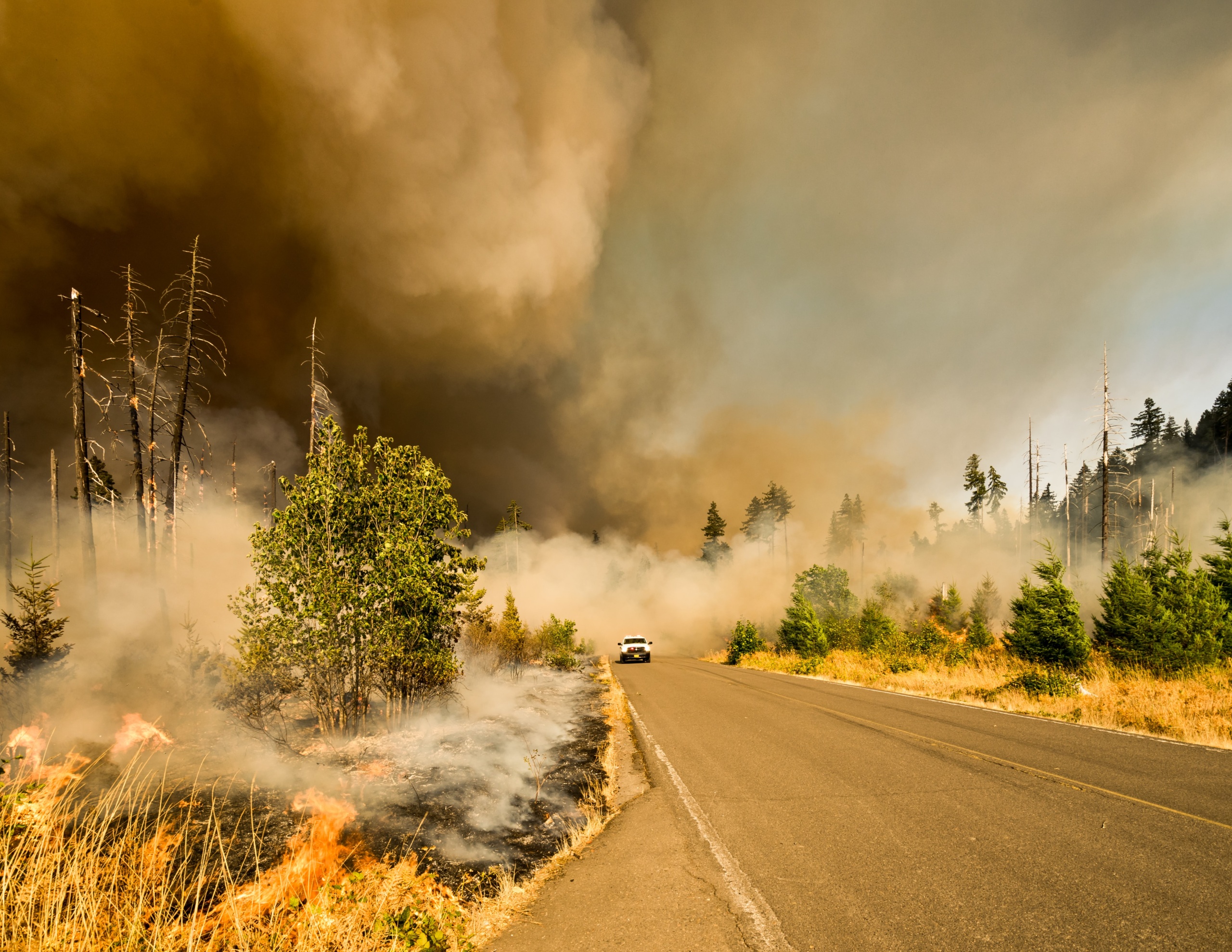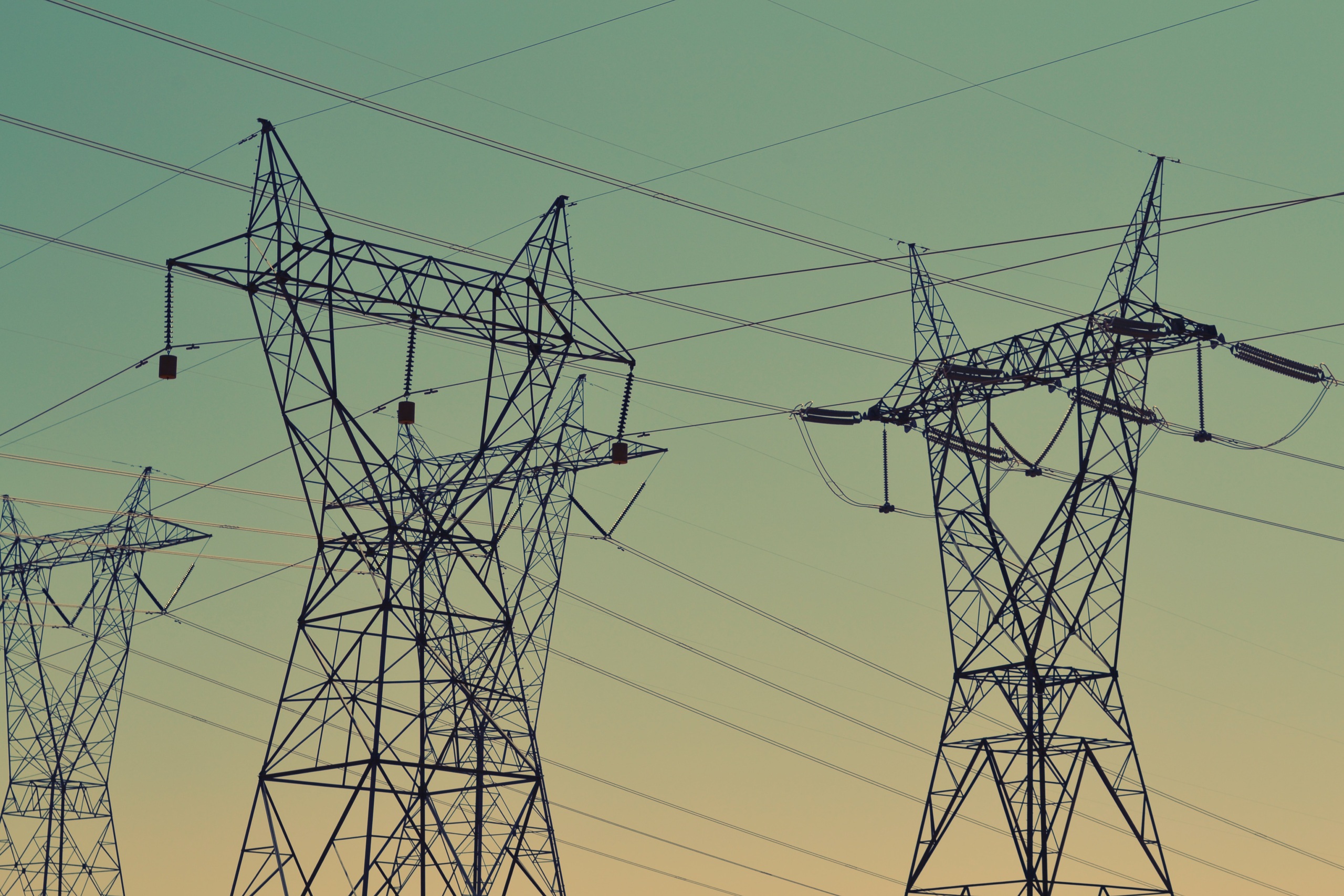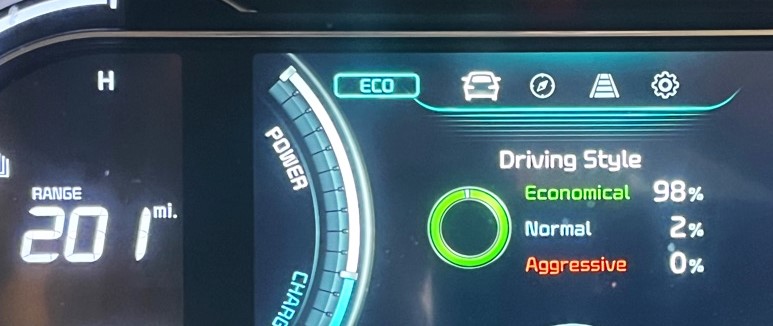
When It Rains, It Pours
Scientists expect that global warming will cause a variety of changes to precipitation patterns in the United States. Many areas will receive increased amounts of rain and snow over the course of a year; some areas will receive less. But scientists expect that, all across the counÂtry, the rainstorms and snowstorms that do occur will be more intense – increasing the risk of flooding and other impacts.
Downloads
Environment America Research and Policy Center
Scientists expect that global warming will cause a variety of changes to precipitation patterns in the United States. Many areas will receive increased amounts of rain and snow over the course of a year; some areas will receive less. But scientists expect that, all across the country, the rainstorms and snowstorms that do occur will be more intense – increasing the risk of flooding and other impacts.
In this report, we evaluate trends in the frequency of storms with extreme levels of rainfall or snowfall across the contiguous United States over the last 60 years. We analyze daily precipitation records spanning from 1948 through 2006 at more than 3,000 weather stations in 48 states. We then examine patterns in the timing of heavy precipitation relative to the local climate at each weather station.
We find that storms with extreme amounts of rain or snowfall are happening more often across most of America, consistent with the predicted impact of global warming.
Scientists expect global warming to increase the frequency of heavy precipitation.
•As the earth warms, temperate regions of North America will face a growing risk of storms with extreme levels of rain or snowfall.
•Global warming increases the intensity of precipitation in two key ways. First, by increasing the temperature of the land and the oceans, global warming causes water to evaporate faster. Second, by increasing air temperature, global warming enables the atmosphere to hold more water vapor. These factors combine to make clouds richer with moisture, making heavy downpours or snowstorms more likely.
•The consequences of increasingly intense rainstorms may include flooding, crop damage, pollution of waterways with runoff, erosion, and other environmental and economic damage. During the 20th century, floods caused more property damage and loss of life than any other natural disaster in the United States.
An increase in the number of downpours does not necessarily mean more water will be available.
•Scientists expect that extreme downpours will punctuate longer periods of relative dryness, increasing the risk of drought. In the Southwest, for example, total annual precipitation is projected to decline – amplifying the impact of periods of little rainfall between heavy storms.
•Even in the rest of the country, where total annual precipitation is expected to increase, more of that precipitation will fall in heavy rainstorms or snowstorms, paradoxically increasing the potential for drought.
•As temperatures rise, precipitation will become increasingly likely to fall as rain rather than snow, increasing runoff and likely reducing water supplies in areas dependent on snowpack.
Weather records show that storms with extreme precipitation have become more frequent over the last 60 years.
•Consistent with the predicted impacts of global warming, we found that storms with extreme precipitation have increased in frequency by 24 percent across the continental United States since 1948. (According to a statistical analysis of the data, with 95 percent confidence, the increase has been between 22 and 26 percent).
•New England and the Mid-Atlantic experienced the largest increase in extreme precipitation frequency.
•New England and the Mid-Atlantic saw storms with extreme precipitation levels increase in frequency by 61 percent and 42 percent, respectively.
•At the state level, Rhode Island, New Hampshire, Massachusetts, Vermont, New York and Louisiana all saw extreme precipitation events increase in frequency by more than 50 percent.
•In the contiguous United States, 40 states experienced a statistically significant trend toward increasingly frequent storms with extreme precipitation. Only one state (Oregon) showed a statistically significant decline in frequency of storms with extreme precipitation.
Topics
Find Out More


Carbon dioxide removal: The right thing at the wrong time?

Fact file: Computing is using more energy than ever.


